The P-38 Lightning is possibly one of the most recognisable aircraft of the 1930s. Its twin boom configuration and central nacelle cockpit made it stand out from the generalised look of most other fighters of the time. Making its first flight on January 27, 1939, the P-38 had a top speed of over 400 miles per hour, making it one of the fastest fighters to date. To mark the anniversary of its first flight, we’ve put together 22 facts that you may not have known of the P-38 Lightning…
1. In 1939, one of the first P-38 prototype aircraft set a speed record from California to New York in 7 hours and 2 minutes, but it crashed short of its intended airport due to carburettor icing
2. During its world speed record attempt, it refuelled twice. Despite this, it was successful in its attempt
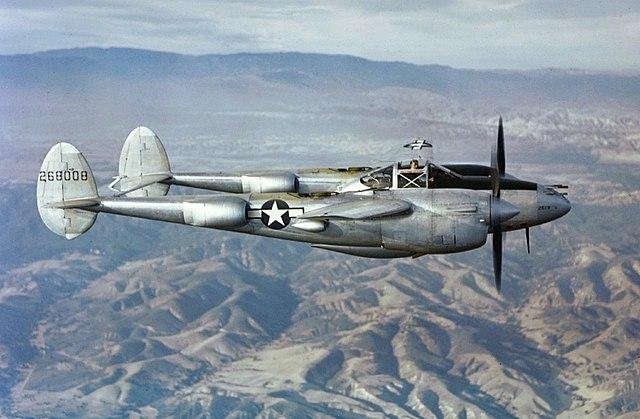
3. It was the only American fighter aircraft in production throughout the entire American involvement in WWII
4. The P-38 was the primary long-range fighter for the US Army Air Forces until the P-51D entered the war
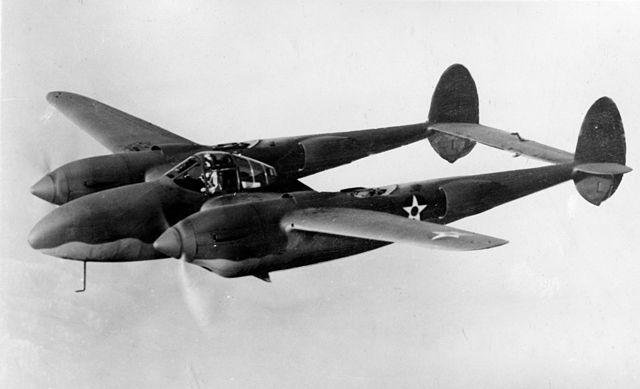
5. The P-38 was exceptionally quiet for a fighter, due to its exhaust being muffled by turbo-superchargers
6. The P-38 was the first fighter to fly faster than 4000mph
7. Despite issues with the prototypes, the USA needed top-speed fighters for the impeding world war and therefore pushed the aircraft’s production through
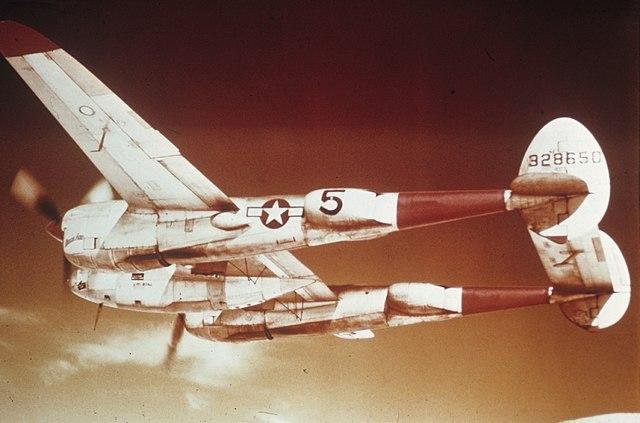
8. The first active service P-38s were used as reconnaissance aircraft in April 1942 by the Australia 8th Photographic Squadron
9. However, the P-38 quickly saw battle, downing two Japanese flying boats in August 1942 off the Aleutian Island chain
10. The first unit to receive P-38s was the 1st Fighter Group. After the attack on Pearl Harbour, the unit joined the 14th Pursuit Group in San Diego to provide West Coast defence
11. Charles Lindbergh was a key figure in improving the performance of the P-38. Working as a civilian contractor in the South Pacific, he developed throttle settings and engine leaning techniques that significantly increased the range of the aircraft

12. The P-38 had an empty weight of 12,800 lb and a loaded weight of 17,500 lb
13. The first Lightning to see active service was the F-4 version, a P-38E in which the guns were replaced by four K17 cameras
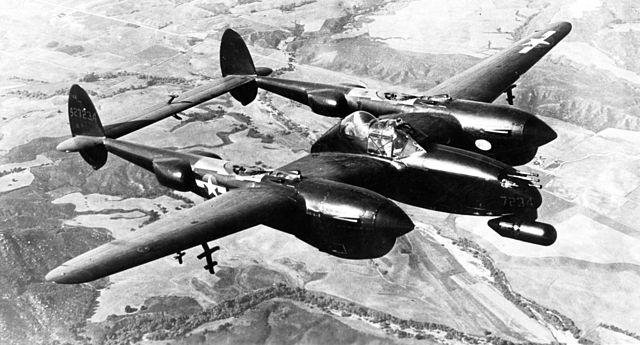
14. The P-38 flew over 130,000 sorties in the European theatre, and downed over 1,800 aircraft in the Pacific theatre
15. The aircraft used nose-mounted guns, unlike most other US fighters. This meant the P-38 had better useful gun range than other aircraft, whose wing-mounted guns had crisscross trajectories
16. The P-38s guns were so effective, they could reliably hit targets at up to 1,000 yards. Most other fighters were only effective at 100-250 yards
17. The cockpit windows couldn't be opened in flight, because they caused buffeting on the tail plane. This made the cockpit very hot in the Pacific theatre, and pilots often times flew in just shorts, tennis shoes, and a parachute
18. The P-38 was nicknamed the 'fork-tailed devil' by the German Luftwaffe and 'two planes, one pilot' by Japanese fighter pilots
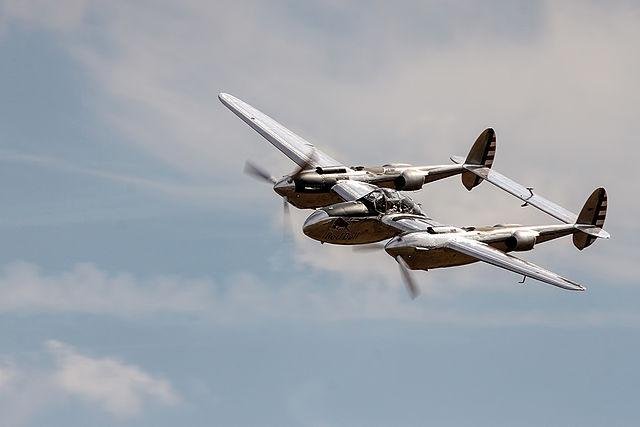
19. The engines rotated outward from the cockpit. This made the platform more stable for shooting guns, however, if the pilot lost an engine, the operating engine was so powerful that it could uncontrollably roll the aircraft inverted
20. The P-38 had counter-rotating engines to overcome left-turning tendencies caused by its 1,000-hp engines
BONUS FACTS!
21. The P-38 was the first American fighter to extensively use stainless steel and flush-mounted rivets
22. In total, over 10,000 P-38s were produced during the war, making it one of the most successful fighters and interceptors of its time

